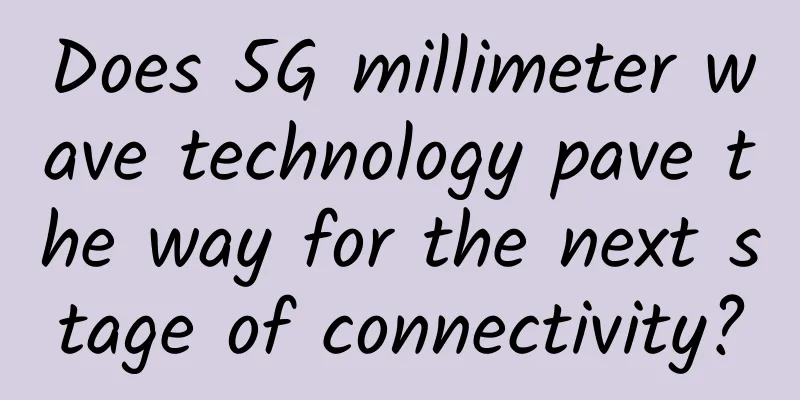How Fiber Optic Cable Helps Data Centers Save Money

|
In a data center, reliable fiber optic cables are essential to ensure the uninterrupted flow of data. By using high-quality wires and ensuring that the data center runs smoothly, we can avoid costly downtime. In this article, we will look at how fiber optic cables can help data centers save money. We will also discuss some of the advantages of using reliable fiber optic cables in a data center. What is Fiber Optic Cable?Optical fibers are thin, transparent fibers used to transmit light. They are commonly used in fiber-optic communications to send information at high speeds over long distances. Fiber optic strands are made of high-purity glass or other transparent materials. They are much thinner than a human hair and can be bundled together to form cables. When light hits the surface of an optical fiber, it is reflected many times before leaving the fiber. This reflection allows light to be transmitted over long distances without being scattered. One of the main advantages of optical fibers is that they can carry more information than traditional copper cables and do not experience the same type of signal degradation over long distances. Optical fibers are also less susceptible to interference, making them ideal for transmitting sensitive data. While optical fibers are generally more expensive than copper cables, the benefits often outweigh the costs for applications where data speed and reliability are critical. What are the main applications of fiber optic cables?Today, fiber optic cables are widely used in the telecommunications industry for long-distance phone lines and high-speed internet connections. However, fiber optics are becoming more common in other applications such as data storage, video conferencing, and cable television. In addition, fiber optic sensors have applications in fields as diverse as medicine, manufacturing, and energy exploration. As technology continues to advance, the use of fiber optics is likely to become even more widespread. Why is fiber optic technology critical to the modern data center?Fiber optic technology is increasingly becoming the infrastructure of choice for modern data centers, and for good reason. Fiber optics offers several advantages over other types of data transmission, including higher bandwidth, lower attenuation, and greater immunity to electromagnetic interference. This last point is important in data centers because electronic devices generate a lot of electrical noise. This noise can degrade the quality of data signals, causing errors and reducing the overall efficiency of the data center. In contrast, fiber optic cables are not affected by this interference, which means that data can be transmitted more reliably and at higher speeds. Additionally, fiber optic cables are less susceptible to physical damage than other types of data cables. This is important in data centers, where wiring often runs through tight spaces and is at risk of being damaged by heavy equipment. Fiber optic cables are also lighter and more flexible than traditional copper cables, making them easier to work with and less likely to cause damage during installation. Overall, optical fibers offer a variety of advantages that make them ideal for data centers. They can transmit data more reliably, faster, and are more resistant to physical damage than other types of cables. As data center infrastructure continues to evolve, optical fiber will become even more important in ensuring these facilities can operate at peak efficiency. How can the reliability of fiber optic cables help data centers save money?Data centers are at the heart of any business operation, and ensuring they run smoothly is key to success. One way to do this is to invest in durable fiber optic cables. Fiber optic cables are faster and more efficient than traditional copper cables, and in some ways can help data centers save money. For one thing, they require less energy to run, which can result in significant savings on electricity bills. Additionally, they are less susceptible to interference and signal loss, which means data centers can rely on them to provide consistent, reliable connections. Finally, fiber optic cables are more durable than copper cables, so they last longer and don’t need to be replaced as often. Therefore, investing in fiber optic cables is an effective way for data centers to save money and improve operations. |
>>: What types of single-mode optical fiber are used?
Recommend
How powerful is pooling technology? I was shocked by the comparison between threads and thread pools!
[[335212]] This article is reprinted from the WeC...
Revitalizing smart cities with edge computing and 5G
[[381381]] As we recover from Covid-19, we have a...
Just look at these three pictures and you can understand the OTN layered structure
OTN (Optical Transport Network) is a hierarchical...
Why are there fewer and fewer open source projects using the GPL protocol?
[Original article from 51CTO.com] Recently, some ...
China Mobile launches A-share listing: "Making money" but not "cutting leeks"
On the evening of May 17, World Telecommunication...
How does your domain name become an IP address?
[[420883]] This article is reprinted from the WeC...
WiFi roaming is seriously lagging. How to effectively improve it and achieve seamless roaming?
User satisfaction with Wi-Fi depends in part on w...
QQ account stolen in 22 years, friends help verify but appeal is invalid: the confusion behind Tencent's authentication system
Recently, user Mr. Wang revealed to a reporter fr...
In the Internet Queen’s “Spring Festival Gala-style report”, what are the things worth spending five minutes paying attention to?
Internet Queen Mary Meeker's annual Internet ...
Looking at 5G from a different perspective: Don’t talk about technology, talk about demand
[[280015]] 4G changes life, 5G changes society. W...
United States: Suspend 5G deployment!
[[442701]] As we all know, spectrum resources are...
Manufacturers begin to correct mistakes, is 5G adjusting its direction?
It has been more than two years since the country...
Experts talk about 5G development: If 5G wants to explode, the industry chain still needs to work hard
At present, 5G has become an important engine for...
Cisco and partners work together to build the Cisco (Guangzhou) Smart City industry ecosystem
In order to accelerate the development of Cisco (...









